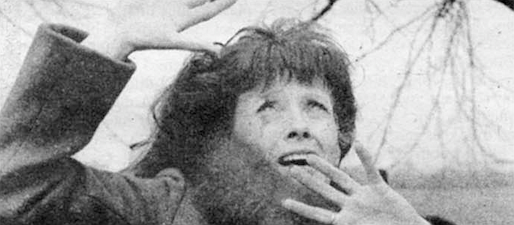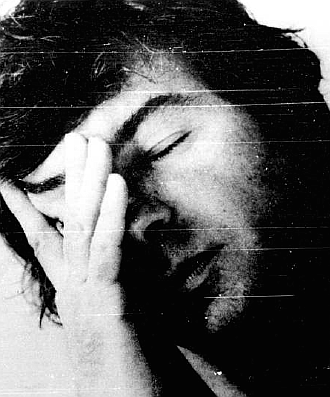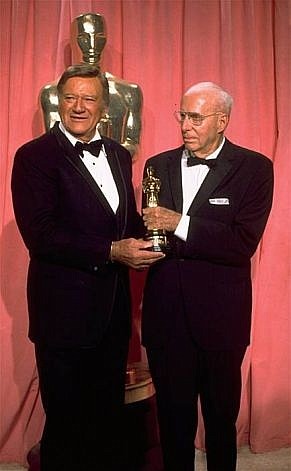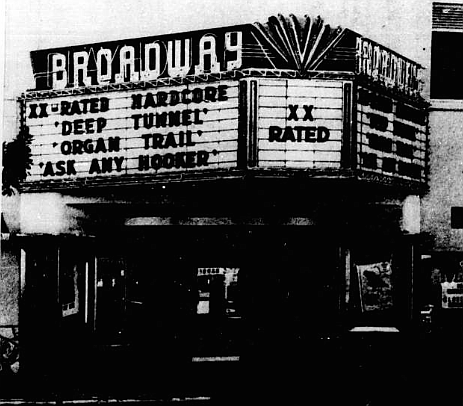 Facebook
Facebook
 X
X
 Instagram
Instagram
 TikTok
TikTok
 Youtube
Youtube

In any case, the re-emergence of art theaters, under the guise of repertory theaters, must be counted as one of the more gladdening developments on the San Diego movie scene. (Not long ago, the number of art houses here had dwindled to exactly one, the lonely, valiant Unicorn. The Ken's conversion dates back just two years; the Fine Arts’ dates to the beginning of this year; and the College's dates only about two weeks.
December 16, 1976 | Read full article

Every narrative marks out its own private space, models its events and its emotions into a specific shape, and rounds off the fictional structure with an implicit "once upon a time" at one end and an explicit "the end" at the other. To return to that structure after its final consecration and graft a new appendage onto it is to jeopardize the sense of balance, proportion, and self-sufficiency of the original, somewhat the same as in adding a porch, a gazebo, and a nursery wing to existing house.
July 13, 1978 | Read full article

Jean-Pierre Gorin first came to San Diego, and specifically to UCSD, in 1973, as a whistle stop on a college lecture tour in the company of Jean-Luc Godard, with whom he collaborated for five years under the banner of the Dziga Vertov film group. It was this collaboration, the fruits of which include See You at Mao, Pravda, Tout Va Bien, and Letter to Jane, that signaled Godard’s permanent departure from traditional narrative moviemaking. Gorin returned to UCSD, solo, in 1975, to teach film in the Visual Arts department, where he has been ever since, except when he was summoned by Francis Ford Coppola to the Philippines to lend his expertise in French cooking to Apocalypse Now.
October 18, 1979 | Read full article

The central problem seems to be, How can they avoid giving it to Bogdanovich? or to Coppola? or to Nicholson? or to Hoffman? (It should probably be kept in mind that this the new generation of moviemakers came into existence during the demise of the Studio System, and it is consequently rather difficult for a young moviemaker, under present production conditions, not to look like what was once recognized as a renegade).
April 4, 1975 | Read full article

Clearly — in 300 words or less, there is no room nor time for mealy-mouthing — one significant fact (or factor) is that the critics see movies FREE OF CHARGE. Therefore, there are critics who will see a movie two or three times just in order to enhance their finicking nitpicking (or in the case of high brow art films, to enhance their hoity-toity , superior-minded savoring) — How many in the audience can indulge in such luxury??
May 1, 1975 | Read full article

The class of movie I'm thinking of, not to be confused with the class that is called "soft-core,” "simulated,” and "sissy stuff,” has basically the instincts of a dog. It goes straight for the crotch. With an unblinking patience almost unknown outside of structural cinema (Warhol's eight-hour long-shot of the Empire State Building ) or cinema verite (Shirley Clarke’s listen to the rambling, point blank confessions of a black homosexual), it records the motion described picturesquely in Anthony Burgess's futureworld as the "in-out.” A motion as monotonous, methodical mechanical, but scarcely as beautiful, as a piston’s.
December 4, 1975 | Read full article


In any case, the re-emergence of art theaters, under the guise of repertory theaters, must be counted as one of the more gladdening developments on the San Diego movie scene. (Not long ago, the number of art houses here had dwindled to exactly one, the lonely, valiant Unicorn. The Ken's conversion dates back just two years; the Fine Arts’ dates to the beginning of this year; and the College's dates only about two weeks.
December 16, 1976 | Read full article

Every narrative marks out its own private space, models its events and its emotions into a specific shape, and rounds off the fictional structure with an implicit "once upon a time" at one end and an explicit "the end" at the other. To return to that structure after its final consecration and graft a new appendage onto it is to jeopardize the sense of balance, proportion, and self-sufficiency of the original, somewhat the same as in adding a porch, a gazebo, and a nursery wing to existing house.
July 13, 1978 | Read full article

Jean-Pierre Gorin first came to San Diego, and specifically to UCSD, in 1973, as a whistle stop on a college lecture tour in the company of Jean-Luc Godard, with whom he collaborated for five years under the banner of the Dziga Vertov film group. It was this collaboration, the fruits of which include See You at Mao, Pravda, Tout Va Bien, and Letter to Jane, that signaled Godard’s permanent departure from traditional narrative moviemaking. Gorin returned to UCSD, solo, in 1975, to teach film in the Visual Arts department, where he has been ever since, except when he was summoned by Francis Ford Coppola to the Philippines to lend his expertise in French cooking to Apocalypse Now.
October 18, 1979 | Read full article

The central problem seems to be, How can they avoid giving it to Bogdanovich? or to Coppola? or to Nicholson? or to Hoffman? (It should probably be kept in mind that this the new generation of moviemakers came into existence during the demise of the Studio System, and it is consequently rather difficult for a young moviemaker, under present production conditions, not to look like what was once recognized as a renegade).
April 4, 1975 | Read full article

Clearly — in 300 words or less, there is no room nor time for mealy-mouthing — one significant fact (or factor) is that the critics see movies FREE OF CHARGE. Therefore, there are critics who will see a movie two or three times just in order to enhance their finicking nitpicking (or in the case of high brow art films, to enhance their hoity-toity , superior-minded savoring) — How many in the audience can indulge in such luxury??
May 1, 1975 | Read full article

The class of movie I'm thinking of, not to be confused with the class that is called "soft-core,” "simulated,” and "sissy stuff,” has basically the instincts of a dog. It goes straight for the crotch. With an unblinking patience almost unknown outside of structural cinema (Warhol's eight-hour long-shot of the Empire State Building ) or cinema verite (Shirley Clarke’s listen to the rambling, point blank confessions of a black homosexual), it records the motion described picturesquely in Anthony Burgess's futureworld as the "in-out.” A motion as monotonous, methodical mechanical, but scarcely as beautiful, as a piston’s.
December 4, 1975 | Read full article
Comments